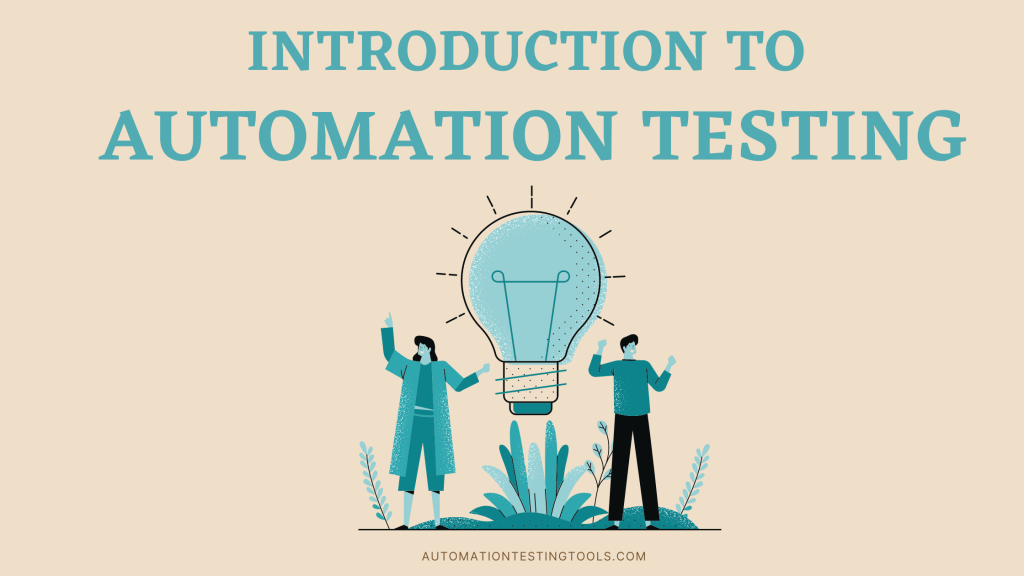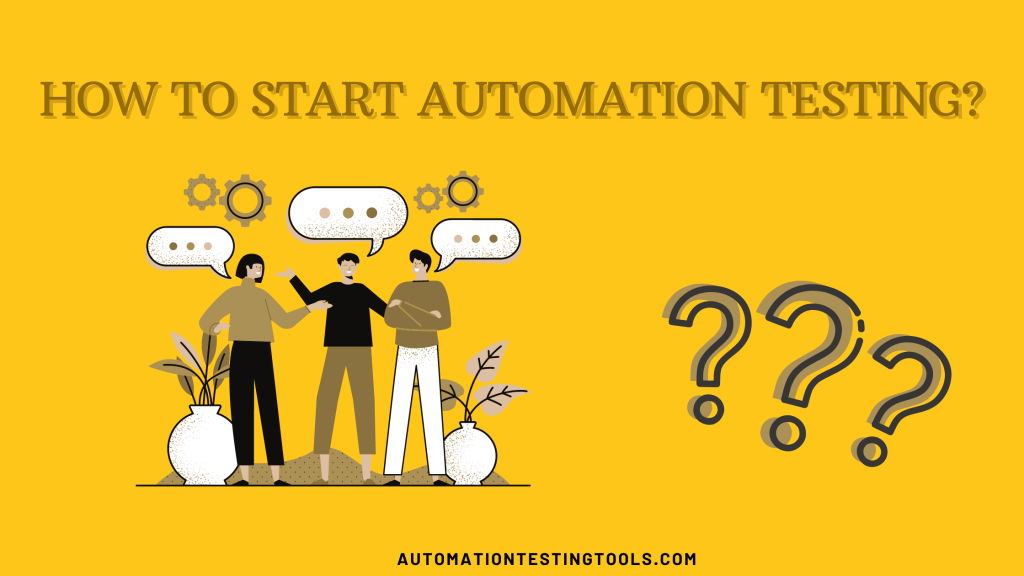Introduction to Automation Testing

Prior to release, every software and website has to go through the testing phase. This critical phase of the software development cycle used to be dominated by testers and QAs. Now, automation has entered that field, bringing on valuable benefits and improvements to the testing field and the software development field in general. This article will offer a glimpse into the automation testing field, why it is popular, and how teams can implement that into their organization.
What’s an Automation Testing?
Generally speaking, automation testing is an automating software testing technique: instead of having testers check for flaws, that process is now done by testing software. Testers don’t have to spend time navigating through complicated codes and application layers repeatedly or after every new release; now automation testing tools can robustly run test scripts and compare results with prewritten criteria. This ability opens the possibility of achieving more coverage in less time, which has become increasingly attractive to businesses.
Although manual testing is irreplaceable, automation testing offers an efficient way for organizations to shorten their release cycle amid the increase in Agile and CI/CD adoption. Combining with nowadays advanced technologies such as AI/ML or cloud-based functions, automation testing also covers the automation of data management, result analytics, and test maintenance.
Why Automation Testing?
There’re many benefits to automation testing. The most noticeable among those is the increase in efficiency that parallels the decrease in time and effort. Testers can automate repetitive or complicated tests without extra cost, time. It also helps that automation tests be reused, saving some great time in rewriting codes for repeating test cases. Furthermore, should the team adopt the Agile or CI/CD release pipeline, automation testing software will help cover some regression tests required for every new feature? This action provides extra assurance for both the developers and management upon application release.
Secondly, automation testing offers excellent flexibility for testers. Through automation frameworks, teams can test on any platforms, OS, or browsers. They also have the choice to integrate an unlimited number of databases for data-driven tests. Test cases can run at any time, even when testers are unavailable. Most automation testing tools have features and plugins that allow integration between tools to optimize user testing experiences.
Lastly, by automating test cases, the quality of testing will increase. As most regression tests and complicated tests can be automated, manual QAs are now free to test sections in the AUT that need the human effort. Such practice helps ensure quality while reducing human errors in doing repetitive tasks. If given the expertise, teams can also build their testing framework to best adapt to the testing, configuration, and security requirements.
When to Automate?
Automation testing brings about a good deal of benefits if applied correctly. These following situations illustrate the potential for automation:
- Time-consuming, repetitive test case: this includes regression tests, performance tests, API tests. These are the best candidates for automation as their efficiency can be greatly increased by automating these cases.
- High risks, critical test cases: automation is the answer to these tests to minimize human error upon release as they are detrimental to a businesses’ success should mistakes be made.
- High resources requirements: this involves the numbers of devices, browsers, OS, platforms, and databases involved in these test cases. If the answer to those components is significant, these test cases make a strong case for automation.
How to Start Automation Testing?

To successfully implement automation testing into the pipeline, these are some steps that teams should follow:
1. Define the scope of automation
Every successful project starts with a strong strategy. Automating testing is no exception. To optimize your automation experience, dissect your AUT under a scope, and visualize all the fields where automation is the answer. Some of the key questions are the designated duration and coverage for testing, features’ complexity and priority, and technical feasibility.
2. Choose the right frameworks and tools
As this acquisition may take up some considerable resources, this is where testers must solidify and compare their insights about their testing requirements and their team capability. Some other components to consider include budgets, ROI, supportive features, etc. Then among the hundreds of tools available in the market, teams must be able to choose a few options that best fit their testing needs and expertise. There are tools that support all four types of testing (Web, Mobile, API, Desktop) like Katalon Studio, while there are tools available for specific types of testing like Appium (for Mobile), Selenium (for Web), etc.. On the other hand, teams have a choice between open-source tools and commercial tools. Each has distinct advantages and disadvantages, so be patient and throughout with the selection process.
Explore more about the strategy to choose the right automation testing tools.
3. Planning and writing the test cases
Once you have your strategy and resources, it’s time to put them to use. This includes:
- Developing logical test cases and suites
- Task delegation among team members
- Schedule and timeline of test scripting and execution
- In-scope and Out-of-scope items of automation
- Deliverables of automation testing
And we think this article could help you know how to build and execute an Automation strategy
4. Execution and analysis
This phase deals with the execution and analysis of automation results. As most of this step is automated, all you have to worry about is the execution pipeline (configuration, local environment, devices, offline testing, etc. ) Once executed, the detailed test report is generated, pointing out bugs or errors for earlier fixes and AUT’s smooth running upon release. Here you can choose to incorporate either in-tool or third-party smart test reports function for advanced test reports and better test maintenance.
Conclusion
According to the State of Quality Report 2024 conducted by Katalon, nearly 75% of participants use test automation, marking a significant rise from 63% in previous years and indicating a continued trend towards increased automation testing. Whether you’ve already made the decision to automate or you’re still developing an automation strategy, it is essential to know the foundation of automation testing so your transition can be most beneficial to your team.














